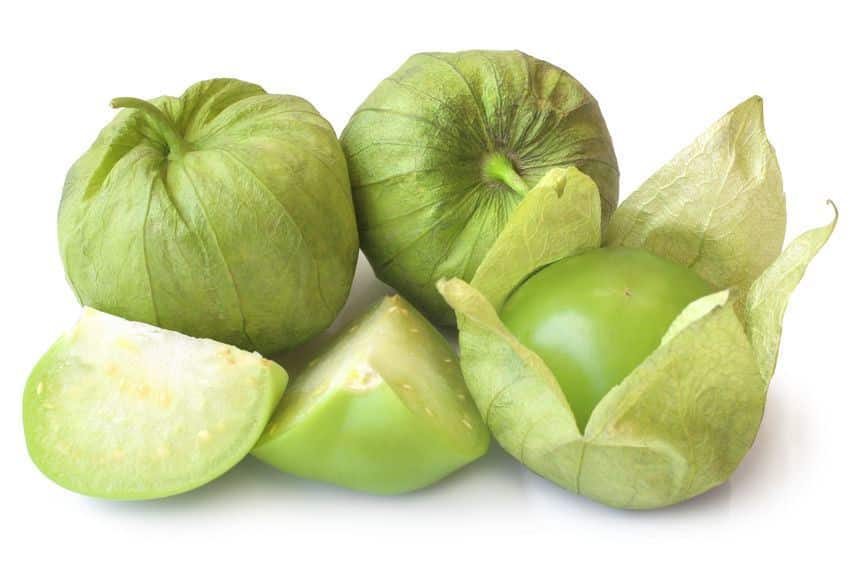I was a little intimidated the first time I saw a tomatillo at the farmers market. At first, I thought they were unripe green tomatoes, but the farmer explained that tomatillos are a unique ingredient of their own. From there, it was all questions: Whats the deal with the paper husk—do I peel it first, or should I cook tomatillos in the husk? Why are they so waxy after you remove the peel? And why is a tomatillo so much dryer and denser inside than a tomato? After some gentle encouragement, I picked up a few and brought them home to experiment. As soon as I learned how to prep and cook tomatillos, I was absolutely hooked by their bright, tangy flavor and meaty texture.

I was a little intimidated the first time I saw a tomatillo at the farmers market. At first, I thought they were unripe green tomatoes, but the farmer explained that tomatillos are a unique ingredient of their own. From there, it was all questions: Whats the deal with the paper husk—do I peel it first, or should I cook tomatillos in the husk? Why are they so waxy after you remove the peel? And why is a tomatillo so much dryer and denser inside than a tomato? After some gentle encouragement, I picked up a few and brought them home to experiment. As soon as I learned how to prep and cook tomatillos, I was absolutely hooked by their bright, tangy flavor and meaty texture.
The tomatillo is native to Mexico and Central America and has been a staple crop there for millenia. Tomatillos have countless applications, from salsa verde to stews like pozole verde. For a full breakdown on how to buy, store and eat tomatillos, read on below.
The first thing you’re going to want to do when prepping tomatillos is gently peel off the leafy husk. The fruit itself can also develop a bit of a sticky film which should be rinsed off before eating. When you cut into the fruit you will see tiny whitish seeds. Those are edible!
Eating tomatillos raw is less common (though no less delicious) and resembles a firmer, tarter and more vegetal young tomato. When cooked, tomatillos lose a little bit of their bright green color and their natural fruity, sweetness intensifies.
Tomatillos are often cooked to contribute their natural sweetness to a dish. You see this most commonly in a salsa verde, where whole tomatillos are roasted along with other veggies like chiles and onion, then blended into a dippable, spreadable (and spoonable) sauce. Its great to serve over grilled fish, a spicy pork chop or alongside a bowl of tortilla chips. But applications don’t stop there, you can add them to stews and curries or serve them grilled on a burger or piece of roast chicken. There are truly countless ways to use tomatillos.
Despite the name and appearance, tomatillos are not in fact small green tomatoes. A tomatillo is a delicious and verdant fruit that is its own thing entirely. Part of the nightshade family, theyre usually about the size of a plum and covered in a soft, leafy husk. When peeled, they resemble small, unripe green tomatoes but are firmer and have less water content.
